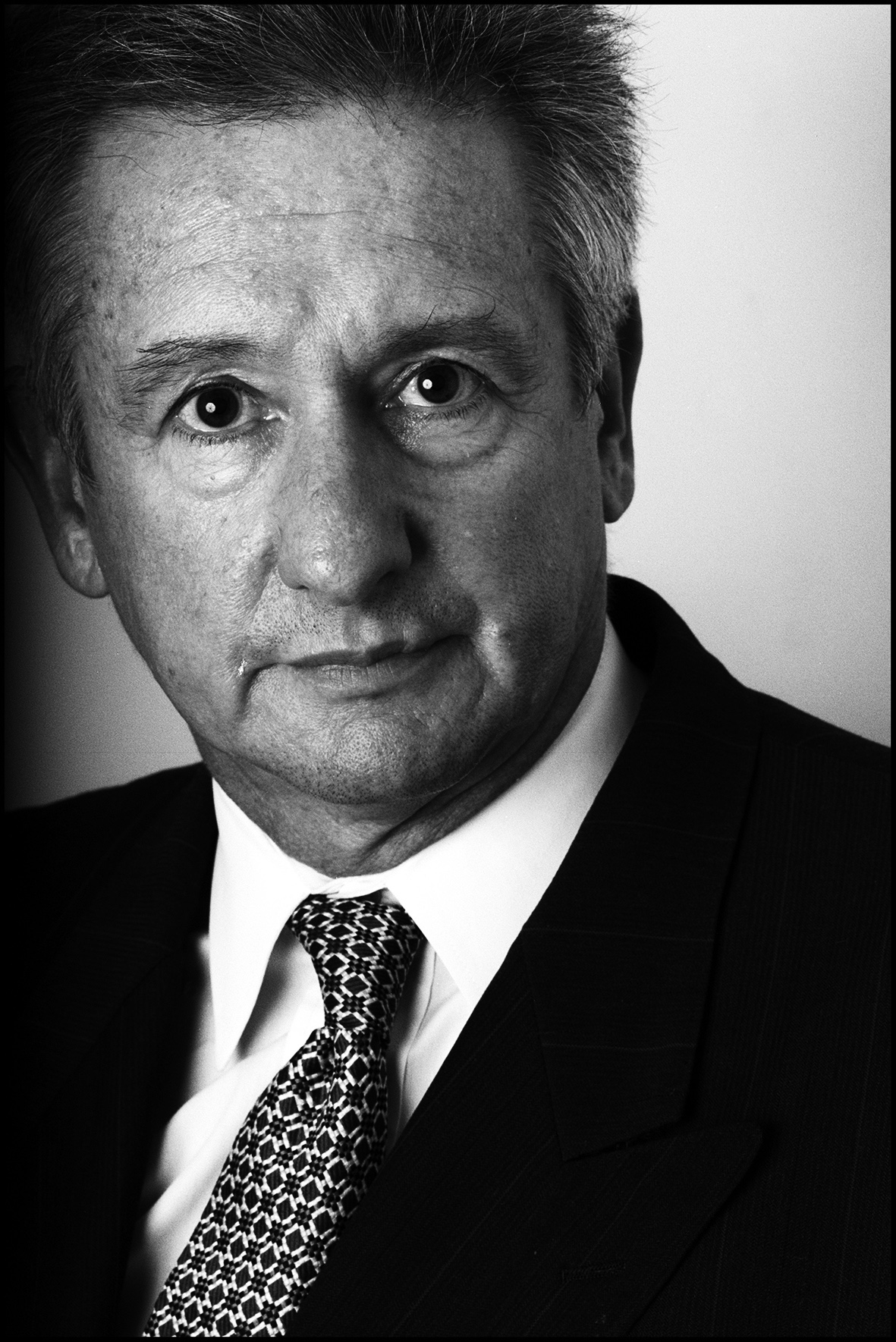DATA NEWS We love data!
Rents key to property bubble
The media frenzy about whether Australia is experiencing a property bubble will soon become self-fulfilling if some sensible leadership isn’t shown soon by the Reserve Bank, the Federal Government and the real estate industry itself.
The problem is easily defined: nobody knows what they are talking about because a property bubble means different things to different people.
Just as the Reserve Bank felt it had to cut interest rates to boost the economy, it is now trying to talk down the property market, particularly in Sydney, to stop a swag of bad mortgages hitting the banking sector if we do have a bust.
It will have as much success as it did trying to talk down the value of the Australian dollar.
And everyone and their dog wants a piece of Federal Treasurer Joe Hocking for not empathising enough with young people who are being frozen out of the Sydney, and to a lesser extent Melbourne, property market because of the crazy prices.
The treasurer wasn’t wrong in what he said about Sydney still being affordable it was his simplistic choice of words that got him into trouble In fact as property editor of the AFR, Robert Harley, pointed out recently Sydney property is still more affordable than it was back in the booms of 1989 and 2004.
The rule of thumb used when it comes to the paying off a mortgage is it should require no more than one third of household income. Presently the average Sydney household is spending about 35 per cent of its disposable income on the mortgage. It’s high but being underwritten by the lowest interest rates in two decades. (That’s also helping people take on more debt in both the residential and investor market)
Back in 2004 the figure was 41 per cent, but analysts BIS Shrapnel points out that before the financial crisis the figure was 39 per cent, when mortgage rates were heading toward 10 per cent.
It’s interesting to reflect that usually property busts are triggered by a sudden rise in interest rates, but from the mutterings from within the RBA that isn’t going to happen soon. The other threat could be triggered by some sort of government intervention – to try and help supply catch up with demand – but within the constraints of the federal budget that also doesn’t seem likely.
That supply/demand equation could be key. With property investor loans fast overtaking owner-occupier mortgages, and new apartments underpinned by Asian buying, there is no doubt that building in Sydney and Melbourne is lifting quite dramatically.
This type of construction takes a while to show up in the statistics but it’s coming. Those who can’t get into the market are renting, but it’s been noticable for a while that rents are stabilising. Investors can’t keep paying higher prices for property if the yield becomes uncompetitive.
The rent/yield ratio might be an early sign that the property bubble is starting to lose some air? That’s the one everyone should be watching and there were some statistics this week that indicated a softening in the outlook.
Weekly asking rents rose just 1.5 per cent in the year to May, which was the slowest pace on record, as an investor-driven increase in supply and falls in Perth, Darwin and Canberra pulled the national average lower.
Sydney and Hobart posted the biggest rises in rents over the past 12 months, with the NSW capital up 3.1 per cent and Hobart rising 3.2 per cent, according to the latest figures from CoreLogic RP Data.
Brisbane, Melbourne and Adelaide also posted annual rises, but rents have fallen in Perth, Darwin and Canberra .
Australia’s housing construction boom, mainly in apartments, will propel the number of new housing commencements over the 200,000 level this year as investors, both domestic and offshore, chase yield.
“We have seen a much lower increase in rents [than house prices] around the country,” Social Services Minister Scott Morrison said on Wednesday.
Rental yields have fallen over the past 12 months in every city except Brisbane – where they have held at 4.6 per cent – and Hobart, where they have risen to 5.4 per cent from 5.2 per cent. All things being equal this continuing slowing in rental growth should act as a brake on rising prices, except in Sydney where various factors, such as overseas investment, is a more powerful force and will take longer to have an impact.

